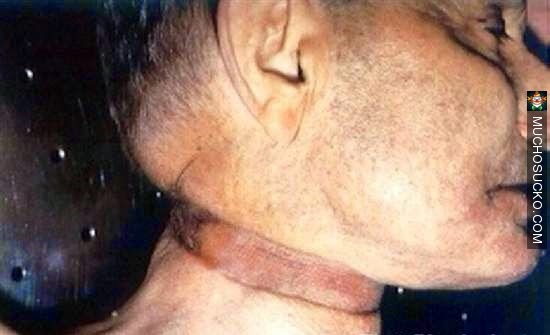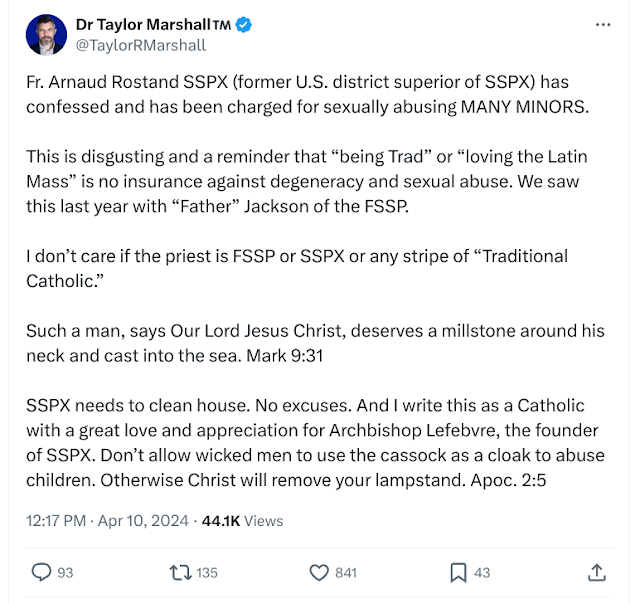Corn Is The Cause Of The Microbial Growth Found On The Walls Of Tutankhamun's Tomb! Pyramids Were Built As Granaries!
Joseph Selling Wheat to the People
1655
"Joseph built granaries of wonderful workmanship made of square stones and cement. They are constructed in such a way that they are very broad at the base but narrow at the top, so that corn could be poured into them through a small aperture. These granaries are still to be seen to this day." Gregory of Tours (d 594 A.D.)
Now when the seven years of the plenty that had been in Egypt were past: The seven years of scarcity, which Joseph had foretold, began to come: and the famine prevailed in the whole world, but there was bread in all the land of Egypt. And when there also they began to be famished, the people cried to Pharao for food. And he said to them: Go to Joseph: and do all that he shall say to you. And the famine increased daily in all the land: and Joseph opened all the barns, and sold to the Egyptians: for the famine had oppressed them also. And all provinces came into Egypt, to buy food, and to seek some relief of their want. And Jacob hearing that food was sold in Egypt, said to his sons: Why are ye careless? I have heard that wheat is sold in Egypt: go ye down, and buy us necessaries, that we may live, and not be consumed with want. So the ten brethren of Joseph went down, to buy corn in Egypt: Whilst Benjamin was kept at home by Jacob, who said to his brethren: Lest perhaps he take any harm in the journey. And they entered into the land of Egypt with others that went to buy. For the famine was in the land of Chanaan. And Joseph was governor in the land of Egypt, and corn was sold by his direction to the people. And when his brethren had bowed down to him, And he knew them, he spoke as it were to strangers somewhat roughly, asking them: Whence came you? They answered: From the land of Chanaan, to buy necessaries of life. Gn xli-xlii
The brown marks on the walls of Tutankhamun's tomb is from corn. The Pyramids were built by one of the greatest of the Old Testament fathers - Joseph. The Pyramids were built to store corn, not dead bodies. Just like anything else the purpose of the thing was lost on those who came after. The Pyramids were built by Joseph about 1710 years before Christ. Tutankhamun died about 1300 years before Christ. It took the Egyptians approximately 400 years to find another use for the granaries built by Joseph. The pride of the Pharaohs eventually made them mad with the desire to use the Great Pyramids to store their own stinking remains. Better to store their remains than continue to feed their people.
One of the greatest lies every told is that the demented Pharaohs built the Great Pyramids to house their remains after death. Joseph built those Great Pyramids to feed the people. The Pharaohs used what Joseph built to feed their own egos.
The following is a report from June 2011 on the Pyramids and the brown spots found all over the walls of Tutankhamun's Tomb. Now considering that modern day scientists have the same godless mentality as the demented Pharaohs, it stands to reason that the modern day scientists will ignore the obvious and make up some ridiculous story to fit their demented godless scientific reasoning.
The obvious of course is that the brown spots are from corn:
Brown Spots On The Walls Caused By 400 Years Of Corn Storage.
Was Tutankhamun buried in a hurry? Microbial growth on pharaoh's tomb walls hints at rush job
(Daily Mail) Tutankhamun's tomb famously contained a spectacular collection of richly decorated pieces for his journey into the afterlife.But while the Egyptians had time to amass an impressive array of artefacts to accompany the pharaoh, it appears they had to rush the burial.A new scientific study of marks on the tomb's walls suggests that the Boy King, who died in his late teens in around 1300BC, may have been buried at haste.Harvard microbiologist Ralph Mitchell believes dark brown spots which cover almost every part of the elaborately painted walls hold the key.
He claims they show the young pharaoh was buried in a hurry and sealed inside the construction before the walls were even dry. Tutankhamun was an Egyptian pharaoh of the 18th dynasty. The cause of his sudden death in his youth has never been established. Various investigations have attributed it to a head injury, an infected broken leg, malaria, sickle-cell anaemia or possibly a combination of illnesses. It is thought his death was unexpected and came before a grander royal tomb was built, meaning he had to be buried in one smaller in relation to his status. Scientists have been baffled by the spots on the walls ever since the tomb was discovered by Howard Carter in 1922. Like many ancient sites, the tomb - which is visited by hordes of tourists each year - now suffers from peeling paint and cracking walls. The Egyptian Supreme Council of Antiquities were concerned about is preservation and contacted the Getty Conservation Institute for help who duly turned to Professor Mitchell.
He was asked to examine the spots, find out if tourists were making them worse and whether they presented any sort of health risk. The expert and his team combined classical microbiology with cutting edge techniques for the study, which involved culturing living organism specimens swabbed from the walls of the tomb and DNA sequence analysis. Chemists at the Getty also analysed the brown marks, which have seeped into the paint and the plaster, down to their molecular level. Ralph Mitchell, pictured in his lab at Harvard, believes that a 'fingerprint' left by ancient Egyptian microbes may reveal a new secret about King Tut's burial Ralph Mitchell, pictured in his lab at Harvard, believes that a 'fingerprint' left by ancient Egyptian microbes may reveal a new secret about King Tut's burial They have identified melanins, which are characteristic by-products of fungal metabolism but no living organisms have been matched to the spots.
Postdoctoral fellow Archana Vasnathakumar said: 'Our results indicate that the microbes that caused the spots are dead or, to put it in a more conservative way "not active".' Analysis of photos taken when the tomb was first opened in 1922 also show the brown spots have not changed in the past 89 years. The identity of the ancient organism is still a mystery but the evidence suggests the microbes are not growing and can only offer clues to the circumstances of King Tut's death. Professor Mitchell said: 'King Tutankhamen died young, and we think that the tomb was prepared in a hurry. We're guessing that the painted wall was not dry when the tomb was sealed.' The moisture as well as the food and incense left inside the tomb would have been a good environment for microbial growth until it dried out, he added. He says there is little to be done about the 3000-year-old marks because the unique damage has already been done and should be left alone. 'This is part of the whole mystique of the tomb,' he said.
BRAY, Salomon de
Joseph
Receives His Father and Brothers in Egypt
1655
.jpg)

.jpg)
.jpg)


.jpg)


Comments
Post a Comment